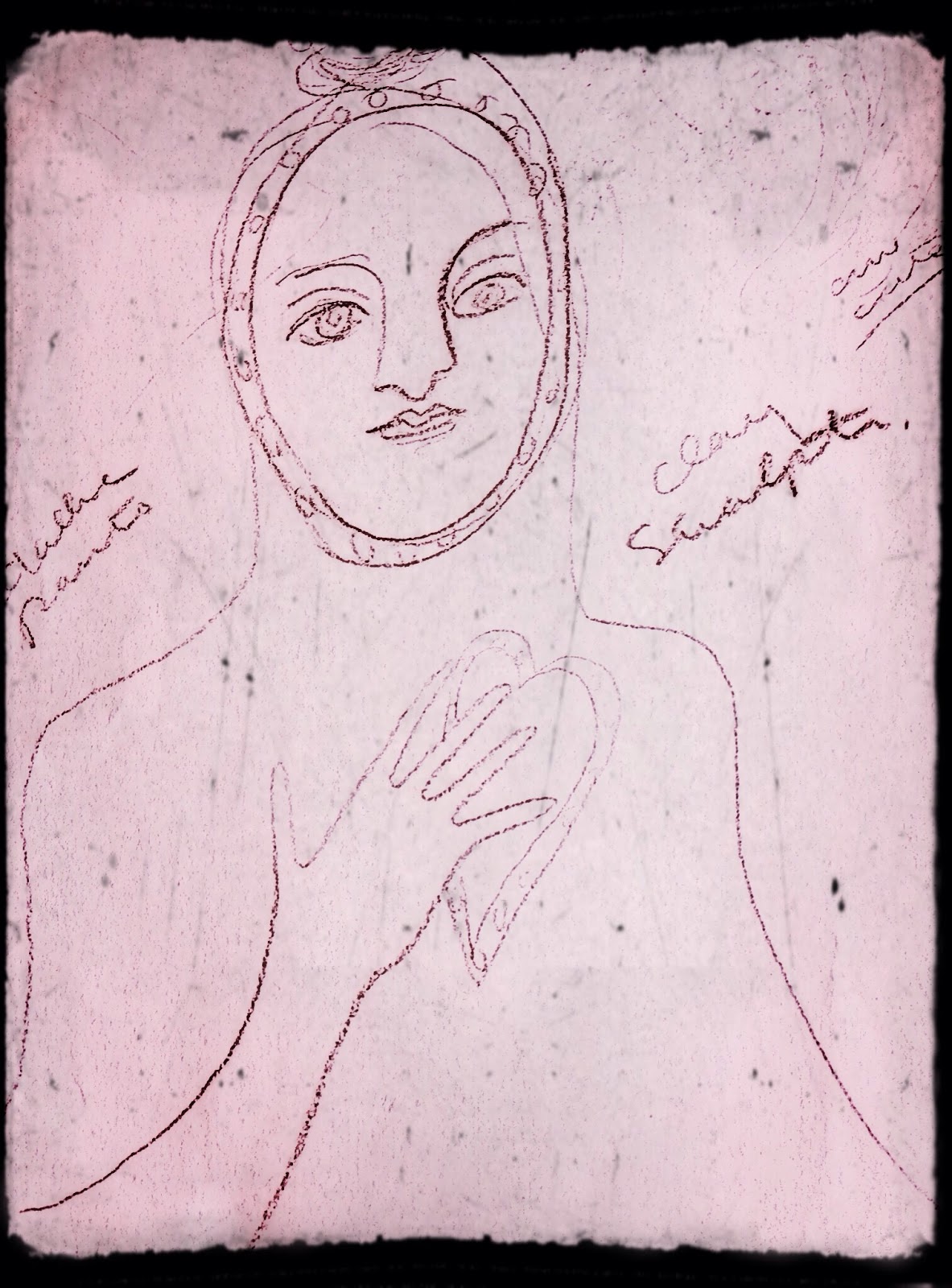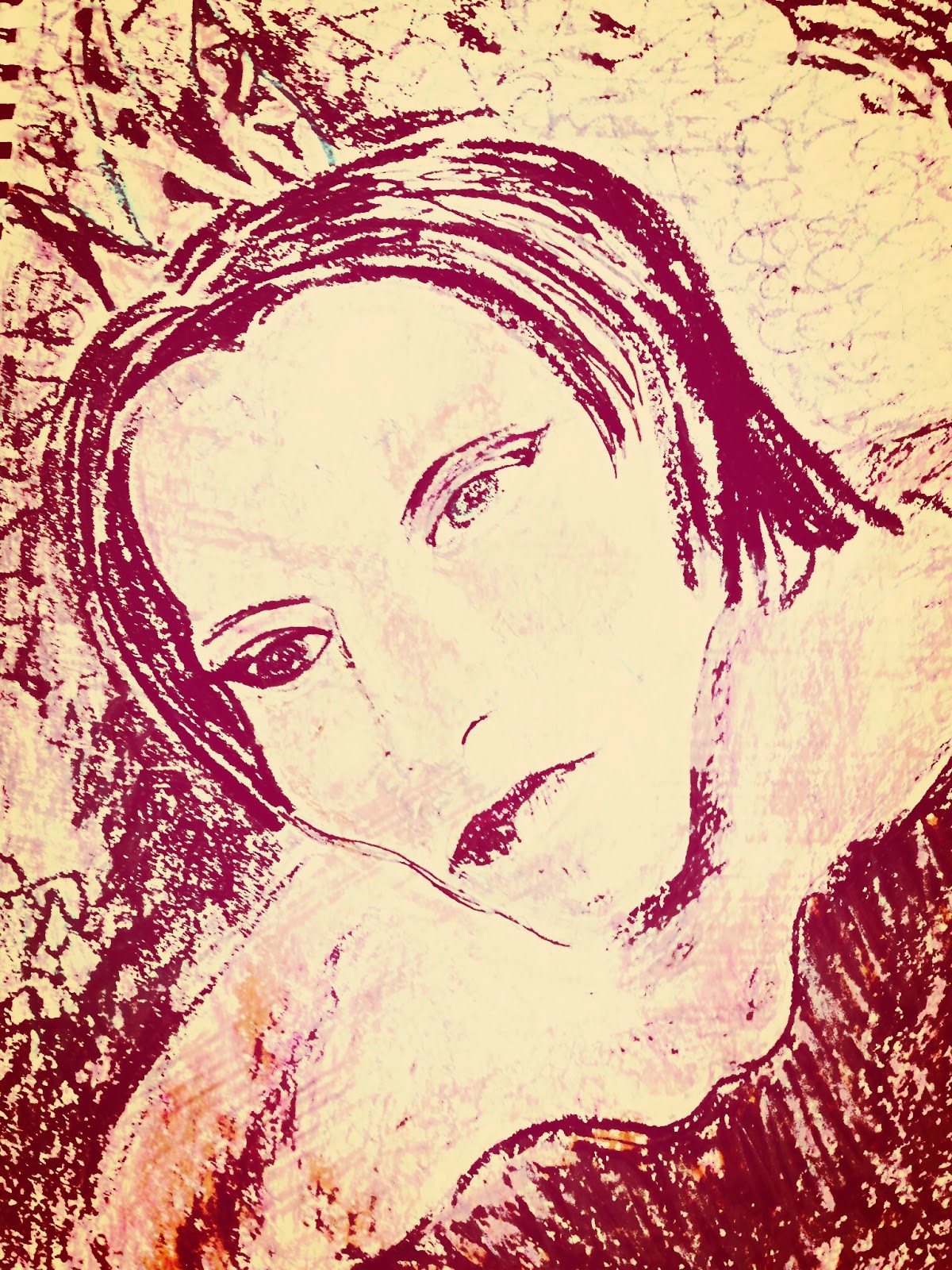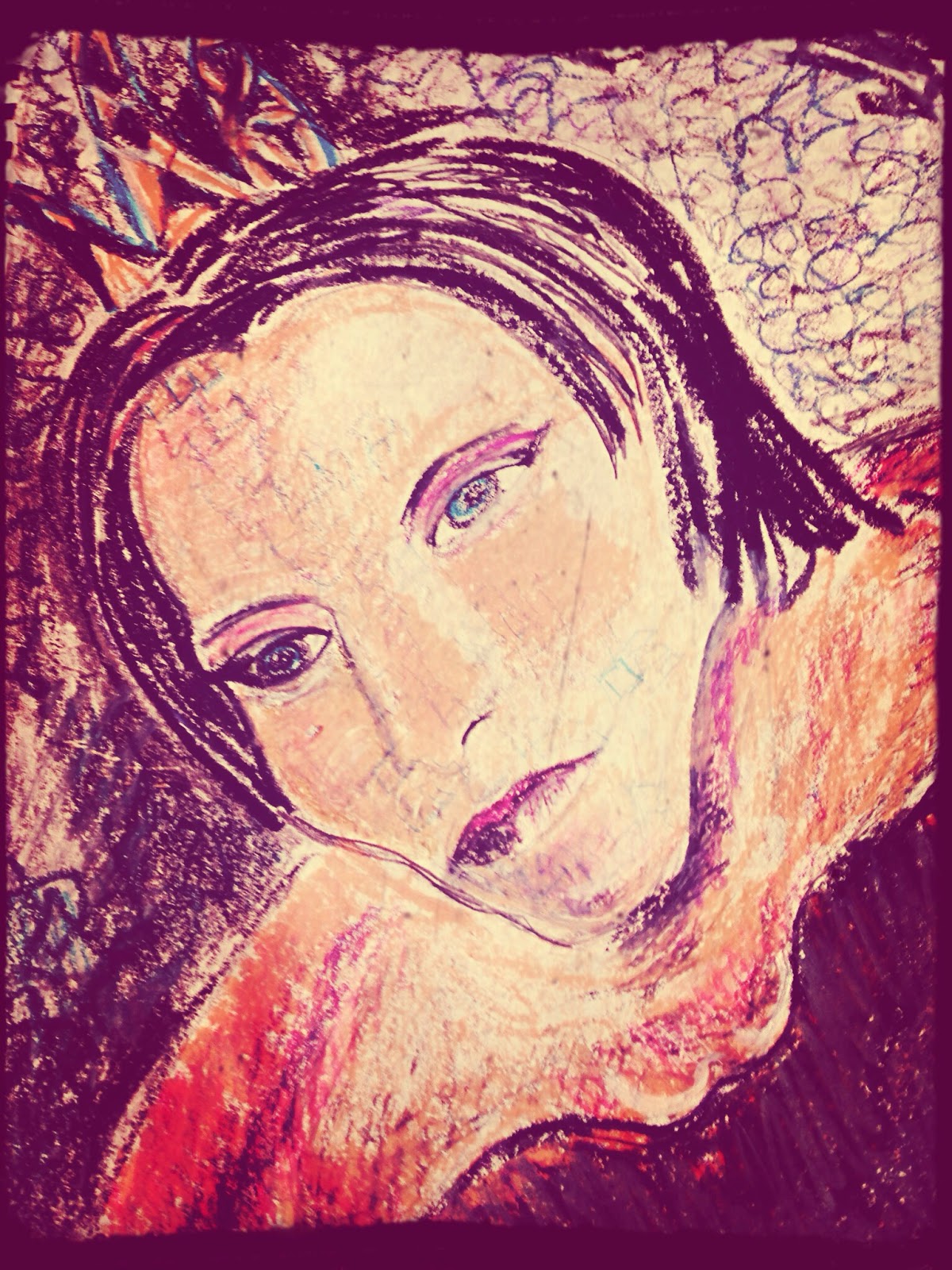Procrastination – everybody does it…it seems that there is a myriad
of ways to talk yourself out of sitting down to your creative work. Your day job, hectic schedule, and family commitments,
the reasons are endless. Let’s add in Facebook, Texting, Twitter, gaming and TV
and today’s list goes on forever; so what can an artist do to become more
productive and avoid these pitfalls and other lurking distractions that keep us
from our drawing boards?
I really wanted to think about the ways we can become
more proactive and get more creative work done. Because creative work is so connected to us emotionally and so personal
to us as artists there is a lot of fear connected with its potential failure or
success. Your procrastination could be partially
due to fear which is one of the many roadblocks to creativity, just hiding in
another form. Being more aware of this
is a step in the right direction.
“everthing
you want is on the other side of fear”
George Addair
Set up a work zone – this does not mean you need a state of
the art studio with skylights and high tech equipment – A small desk top or
even just a sketchbook, pad and pencils can be enough to generate ideas for
future work. My painting studio is
unheated so in the winter months I do small scale mixed media paintings on a TV
tray and do lots of drawings and sketches to develop ideas for my work in metal
and clay. I also sketch out and produce
samples for my children’s art projects in the same manner so please work with
what you have – no excuses.
Anti-Procrastination
Prompts and Ideas
1. Set up a Work Zone – a small corner in an office or living room where there can be a small
drafting table would be great…in a pinch a desk top, dining table or any other
flat surface will work. Anywhere you
create art is your studio – basics for creative work are your sketchpad,
pencils and eraser – get going.
2.
Set aside a window of time to work
each day – be honest
with yourself – and commit to this time daily even if it’s 20 minutes – you may
surprise yourself by spending more time.
If you don’t have an idea – tidy up your space and organize your
supplies during your time.
3.
Commit your ideas to paper - Creative people will often
generate ideas during times when they cannot work on them. Keep a small pad and pencil or pen with you
at all times. If you are musical, access
the voice recorder on your phone, writers can jot down a phrase – When you are
pressed for time just get the ideas down quickly so you can revisit them when
you have more time.
 |
| idea sketch for a ceramic sculpture |

Other Creativity
Killers
Of course we all know that healthy food and exercise are
important to being our best. Don’t
forget about sleep…you can’t be creative on a steady diet of pizza, soda and 5
hours of sleep every night … try getting in earlier and getting to bed and your productivity is
sure to climb.
Don’t be a Martyr
While you are working towards the goal of improving
productivity don’t forget to take a break and play every once in a while. A creative play date with a friend gallery
hopping, or a day at the beach can be just the thing you need to get back to
your work with new eyes.
By becoming more aware of the many distracting factors that
lead us into procrastination, finding proactive solutions and ways to overcome
them we can become more creatively productive. Now get off the computer and go
make something!
 |
ALL IMAGES ARE SKETCH BOOK PAGES
DIGITALLY ALTERED |
Namaste,
Marcy

.JPG)
 Recycled Material Picasso Collage Portraits These recycled art collages were created using corrugated cardboard painted with tempera paints, we then did an instructor guided drawing of a Picasso style face with one side looking front and the other side in profile. We kept the details simple and everyone did their own drawing. Students then cut out their drawings into sections, each side of the face, neck, shoulders, hair sections etc. The puzzle pieces were put back down on another piece of paper and then each one was used as a pattern to trace out recycled material for the portraits. One half of the face was kept back and colored with Oil Pastels. We used magazines, cloth, foil papers, newspapers and other scraps from our scrap bin at the art center. As each piece was cut out in the new material it was glued with stick glue to the new backing paper. When the whole thing was complete, we cut around the heads with scissors and then used Modge Podge to adhere it to the cardboard. We used Modge Podge Gloss over the entire piece and allowed them to dry over night and they looked fabulous!
Recycled Material Picasso Collage Portraits These recycled art collages were created using corrugated cardboard painted with tempera paints, we then did an instructor guided drawing of a Picasso style face with one side looking front and the other side in profile. We kept the details simple and everyone did their own drawing. Students then cut out their drawings into sections, each side of the face, neck, shoulders, hair sections etc. The puzzle pieces were put back down on another piece of paper and then each one was used as a pattern to trace out recycled material for the portraits. One half of the face was kept back and colored with Oil Pastels. We used magazines, cloth, foil papers, newspapers and other scraps from our scrap bin at the art center. As each piece was cut out in the new material it was glued with stick glue to the new backing paper. When the whole thing was complete, we cut around the heads with scissors and then used Modge Podge to adhere it to the cardboard. We used Modge Podge Gloss over the entire piece and allowed them to dry over night and they looked fabulous!
 Recycled Material Picasso Collage Portraits These recycled art collages were created using corrugated cardboard painted with tempera paints, we then did an instructor guided drawing of a Picasso style face with one side looking front and the other side in profile. We kept the details simple and everyone did their own drawing. Students then cut out their drawings into sections, each side of the face, neck, shoulders, hair sections etc. The puzzle pieces were put back down on another piece of paper and then each one was used as a pattern to trace out recycled material for the portraits. One half of the face was kept back and colored with Oil Pastels. We used magazines, cloth, foil papers, newspapers and other scraps from our scrap bin at the art center. As each piece was cut out in the new material it was glued with stick glue to the new backing paper. When the whole thing was complete, we cut around the heads with scissors and then used Modge Podge to adhere it to the cardboard. We used Modge Podge Gloss over the entire piece and allowed them to dry over night and they looked fabulous!
Recycled Material Picasso Collage Portraits These recycled art collages were created using corrugated cardboard painted with tempera paints, we then did an instructor guided drawing of a Picasso style face with one side looking front and the other side in profile. We kept the details simple and everyone did their own drawing. Students then cut out their drawings into sections, each side of the face, neck, shoulders, hair sections etc. The puzzle pieces were put back down on another piece of paper and then each one was used as a pattern to trace out recycled material for the portraits. One half of the face was kept back and colored with Oil Pastels. We used magazines, cloth, foil papers, newspapers and other scraps from our scrap bin at the art center. As each piece was cut out in the new material it was glued with stick glue to the new backing paper. When the whole thing was complete, we cut around the heads with scissors and then used Modge Podge to adhere it to the cardboard. We used Modge Podge Gloss over the entire piece and allowed them to dry over night and they looked fabulous!



.JPG)



.JPG)


.JPG)

























